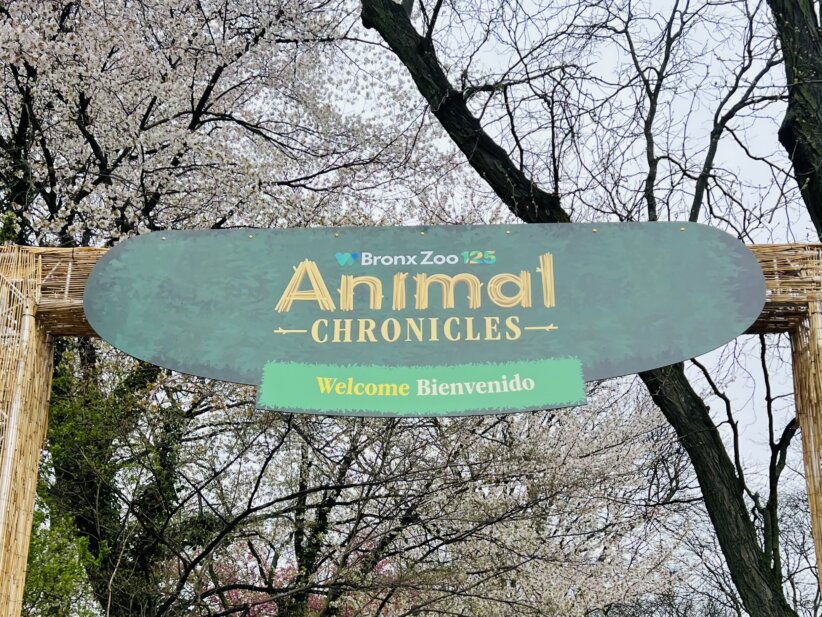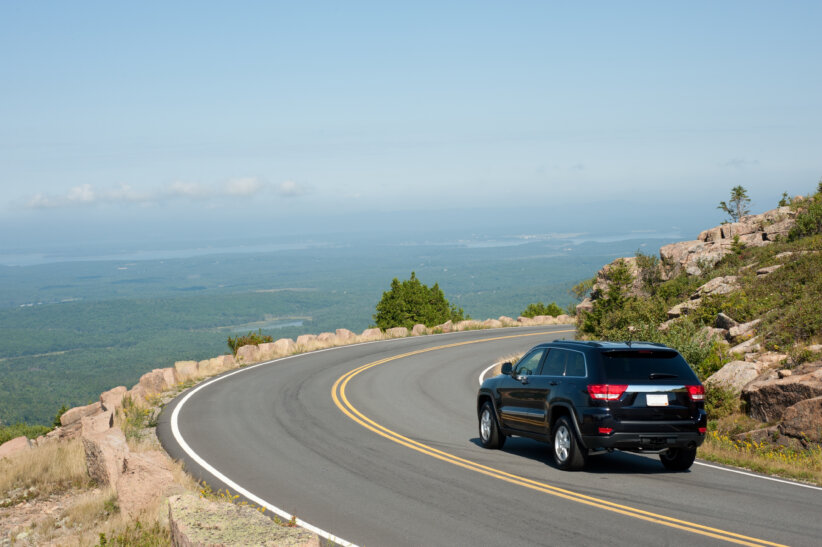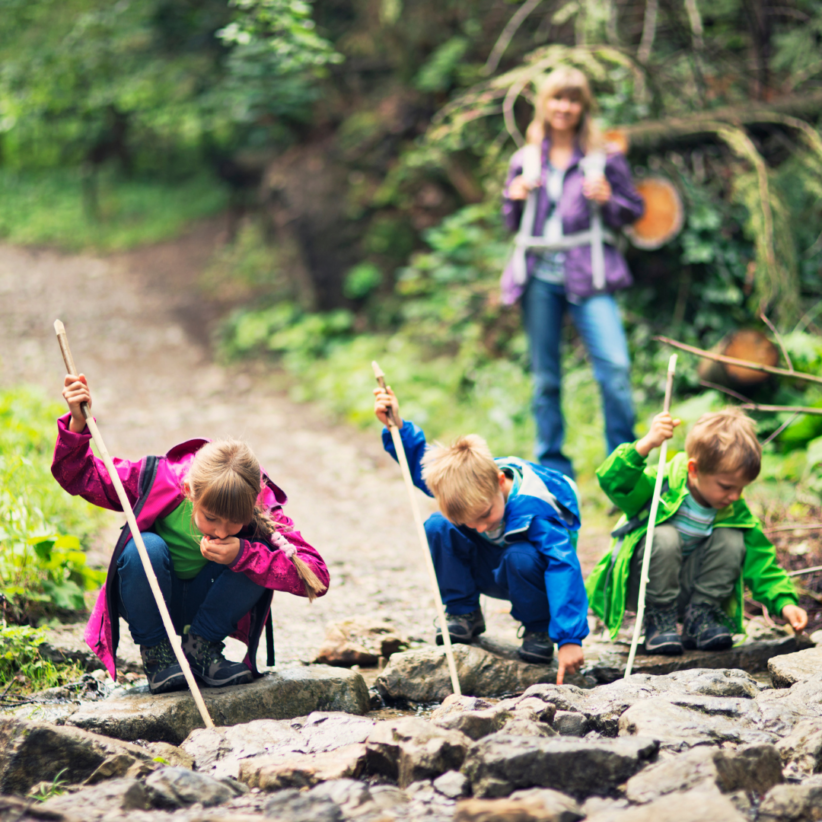One of my children’s favorite summer pleasures is waking up to birds serenading them in the morning. With their singsong voices and multitude of colors, birds bring your yard to life.
Now, it’s easier than ever to attract more birds to your yard thanks to YardMap.org, a new, interactive website that allows you to pull up a Google satellite image of your property, and then use point and click mapping tools to plan out bird friendly habitat features you can add to your yard.
You and your children can be citizen scientists as you draw in different features on your yard map and talk about simple ways to make your yard more bird friendly. YardMap is a free online service, and it works anywhere in the world, according to Rhiannon Crain, Ph.D., YardMap Network Project Leader at Cornell University’s Lab of Ornithology. The map of your yard is automatically linked to the Cornell Lab’s eBird project, so your family can track online the birds you spot in your yard as well.
“YardMap works by giving participants tools to plan their yards, and by creating a community of gardeners with whom you can share ideas, advice, and work together to increase bird habitat across the country,” Crain says.
In addition, YardMap brings a wealth of local information right to your fingertips. You can visit the local resources page, type in your zip code, and be immediately connected to links that tell you the best native trees and plants for birds in your area, the nearest nurseries that offer these native plants, contact information for growing experts in your area, the closest community gardens to you, and local reports of birds spotted within 20 miles of where you live in the past 30 days.
As you use YardMap, keep in mind these six simple steps to create safe habitats for birds in your yard:
Plant Native Trees, Plants, Flowers, and Grasses
Birds eat fruits, insects, and seeds from native trees and plants, so it’s especially important to include these elements in your landscape. The native trees and plants also provide birds with cover and nesting areas.
You will also attract more bird species if you have structural complexity in your landscape, according to Curtis Smalling, Director of Land Bird Conservation for Audubon North Carolina. Installing native trees, plants, flowers, and grasses reduces your lawn size and creates an understory, shrub layer, middle story, and canopy level in your yard that will attract a more diverse bird population.
Supplement Birds’ Natural Diet
In order to maximize the number of birds you attract and minimize the amount of mess in your yard, Smalling recommends having three separate bird feeders-one feeder that has black oil sunflower seeds, another feeder that has thistle seed, and a third that has suet cakes. Make sure you space the feeders five or six feet apart from one another.
Prevent Window Collisions
Smalling says the general rule of thumb is to place your bird feeders less than three feet from your windows or more than fifteen feet away. If your bird feeders are close to your windows, the birds will slow down, and, if they do hit a window, they will survive the impact. If the feeders are more than fifteen feet away, then the risk of window collisions is reduced. Another simple way to protect birds from fatal collisions is to keep your screens on your windows, Smalling adds.
Provide Water
Birds need water to drink and bathe in, and they are especially attracted to moving water, Smalling says. Consider adding a birdbath to your yard and having water drip very slowly into it. Make sure to change the water every couple of days to keep it from becoming a breeding ground for mosquitoes. It’s also important to give the bird feeder a good scrubbing once a week to keep it clean.
Eliminate the Use of Pesticides and Herbicides
Using chemicals on your lawn can be very harmful to both young and adult birds. For safe alternatives to lawn pesticides, visit the Audubon at Home website at http://web4.audubon.org/bird/at_home/IPM_Alternatives.html.
Keep Your Cat Inside
Do your cat and the birds in your yard a favor and keep your cat inside. If your cat is used to going outside, gradually decrease the amount of time outside and increase the amount of time inside until your cat becomes accustomed to being indoors. It helps to have plenty of toys on hand to keep your cat entertained.
Even small steps you take to make your yard more bird friendly can make a big difference. “It often feels like a small, meaningless act to remove a portion of your lawn and replace it with native vegetation similar to that found in the grasslands and forests near your home,” Crain says. “It turns out, however, that scientists think even these small acts provide welcome relief to birds and other wildlife….”
Looking for a Bird You Don’t Know?
Visit the Cornell Lab of Ornithology’s All About Birds website at www.allaboutbirds.org/ to help identify birds you spot in your yard. If you don’t know a bird’s name, you can start by browsing groups of similar shaped birds. The site also includes a building skills section and free videos for new bird watchers as well as information on 586 species in its online bird guide.
Laura Lane is a freelance writer and the mother of two who enjoys trying to identify birds in her backyard with her family.









